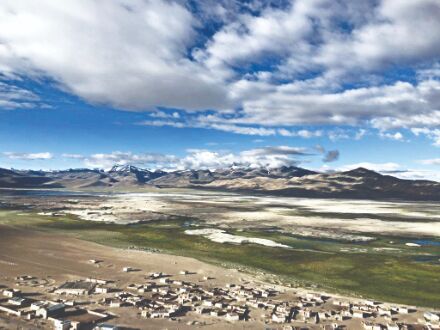Ladakh's Startsapuk Tso, Tso Kar lake complex added to list of Ramsar site

New Delhi: One more wetland in India has been added to the list of recognised sites of international importance under the treaty of Ramsar Convention, taking the number of such wetlands in the country to 42, the highest in South Asia.
The latest site to be added to the list is a high-altitude wetland complex of two connected lakes, Startsapuk Tso and Tso Kar, in Ladakh.
In a tweet, Union Environment Prakash Javadekar said, "Happy to share that high-altitude wetland complex in Changthang region of Ladakh is recognised as wetland of international importance. The complex is a notable example of two connected lakes, the freshwater Startsapuk Tso and the hypersaline Tso Kar. Now, India has 42 Ramsar sites."
Last month, two wetlands -- the Lonar lake in Maharashtra and Sur Sarovar, also known as Keetham lake, in Agra -- were added to the list of Ramsar sites. Before that, Kabartal in Bihar's Begusarai district was recognised as a wetland of international importance under the Ramsar Convention. It was the first such site in the state to figure in the list, according to the Union Environment Ministry.
The Asan Conservation Reserve in Dehradun, the first wetland from Uttarakhand to be recognised by Ramsar, was added to the list in October this year.
The other Ramsar sites in India include Chilika Lake in Odisha, Keoladeo National Park in Rajasthan, Harike Lake in Punjab, Loktak Lake in Manipur and Wular Lake in Jammu and Kashmir.
The convention, signed in 1971 in the Iranian city of Ramsar, is one of the oldest inter-governmental accords for preserving the ecological character of wetlands.
Also known as the Convention on Wetlands, it aims to develop a global network of wetlands for the conservation of biological diversity and for sustaining human life.
Wetlands provide a wide range of important resources and ecosystem services such as food, water, fibre, groundwater recharge, water purification, flood moderation, erosion control and climate
regulation. They are, in fact, a major source of water and our main supply of freshwater comes from an array of wetlands which help soak rainfall and recharge
groundwater.



